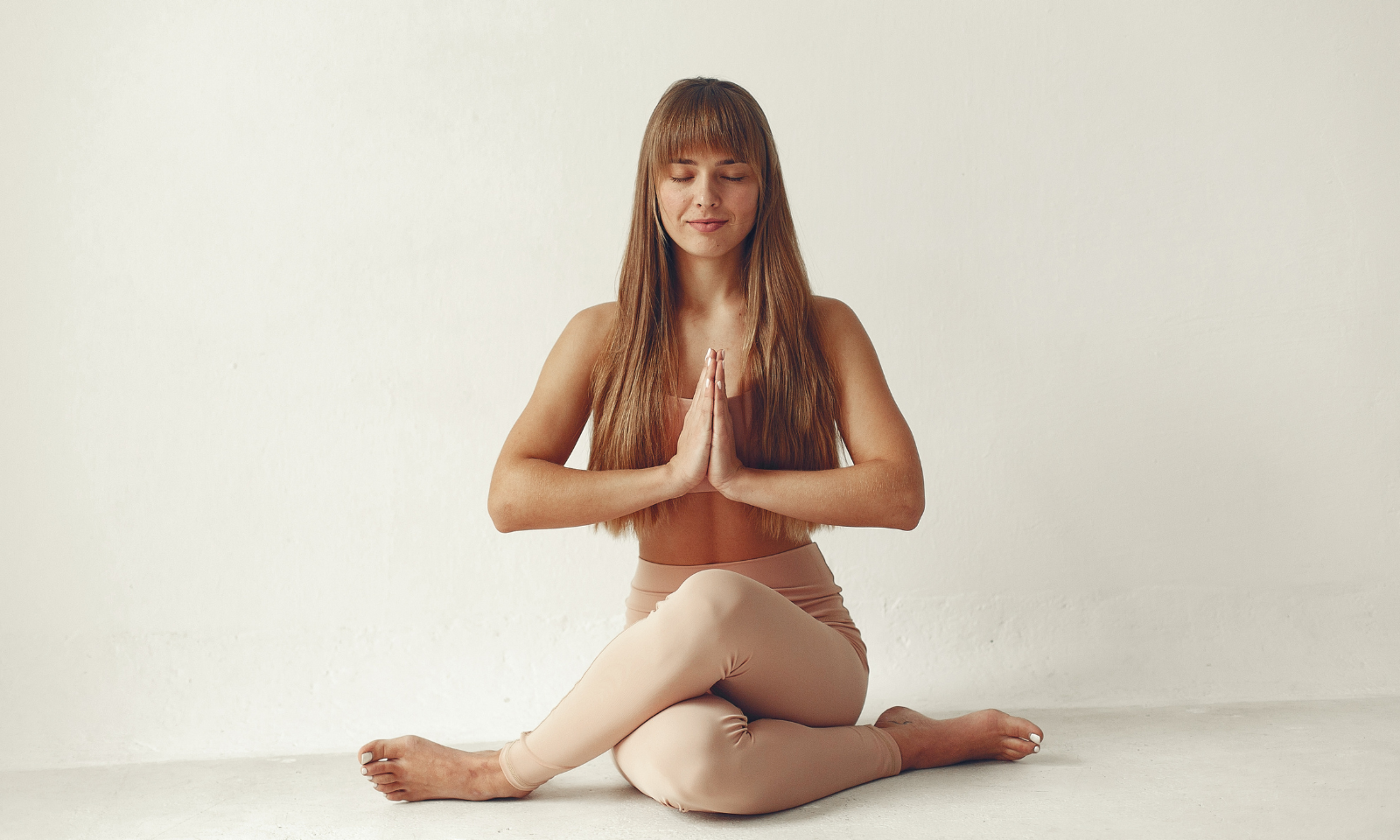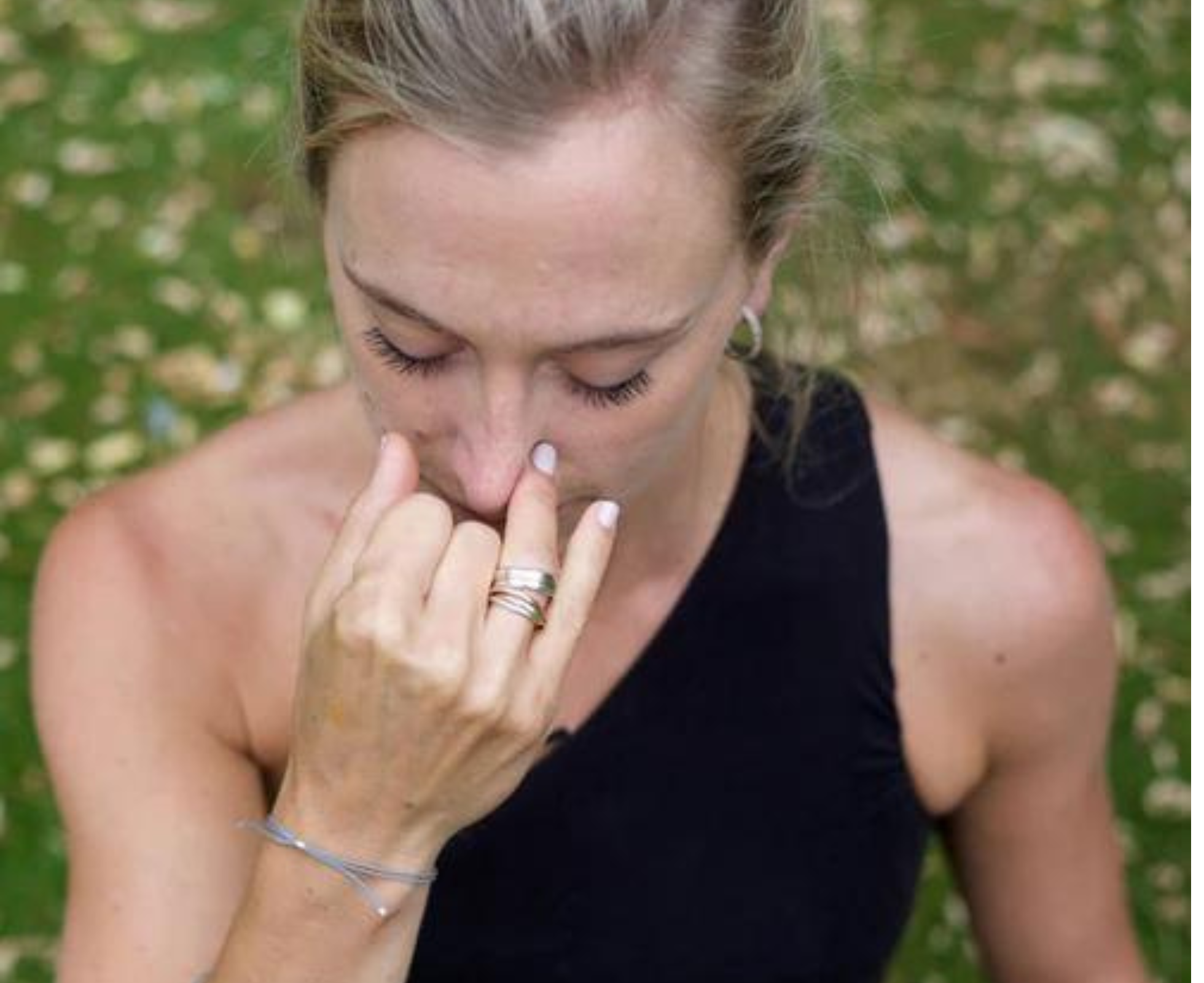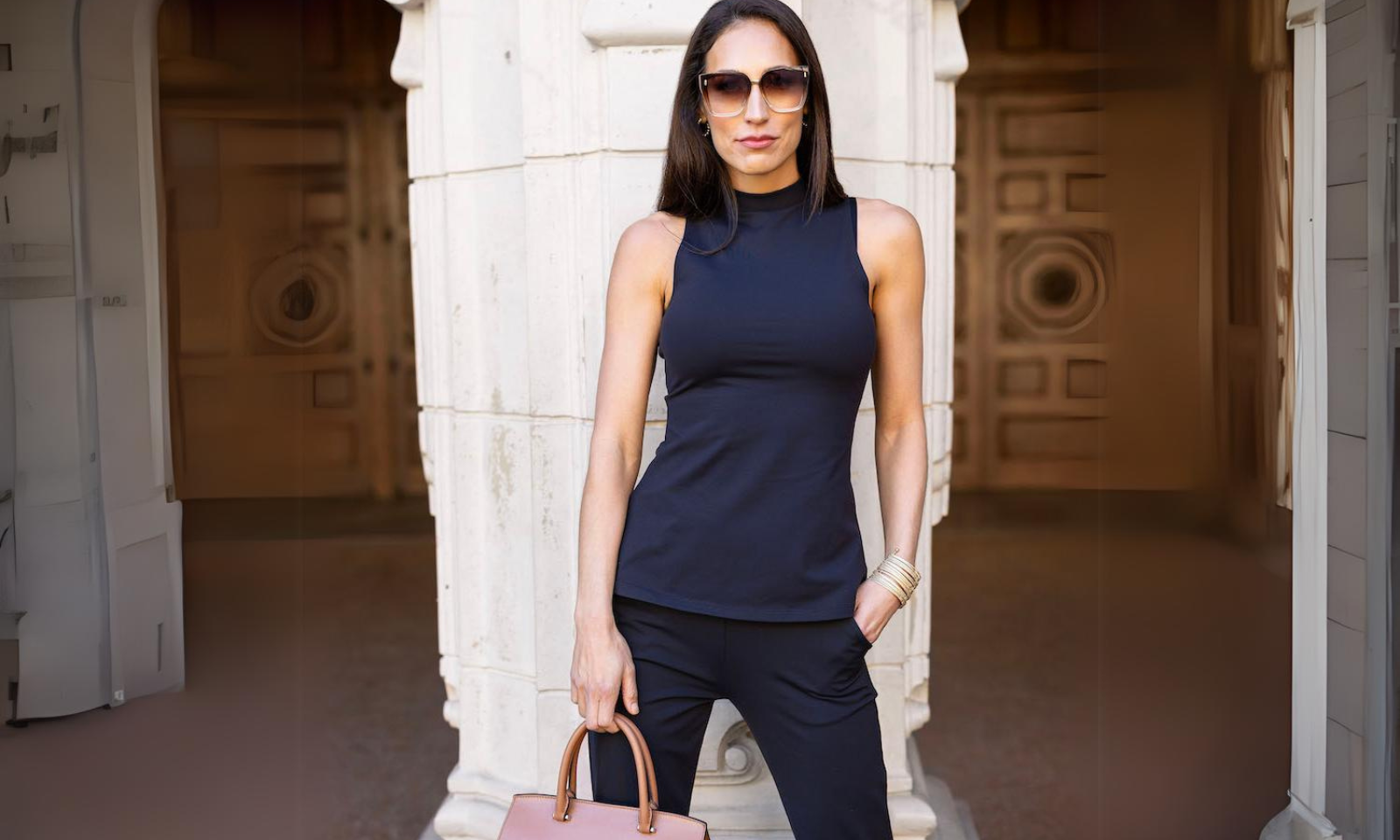
8 Different Types of Yoga: Explained to Help You Choose
Whether you’re a seasoned yogi or you’re stepping onto your mat for the very first time today, the knowledge that yoga comes in many different forms can have a transformative effect on your practice.
Indeed, yoga is a discipline as diverse as the individuals who practice it. Most types of yoga are rooted in the same basic poses or asanas; however, different elements of each style make for unique experiences that ultimately differentiate each kind.
Learning the distinctions between the various types of yoga will not only broaden your mental horizons but also allow you to pick the style that feels right for you.
Although the following list is far from exhaustive, allow this exploration of eight popular yoga styles to enhance your understanding of this beautiful union of breath and movement we call yoga.
Hatha Yoga
While a Hatha class is usually an ideal starting point for those who are newer to the practice or looking for a less intense experience, it is important to note that Hatha is a general term that can refer to many different variations of practice. Because Hatha is an umbrella term, it’s a good idea to ask your local studio about the tempo of the class before attending if the pace is a primary concern for you. The word "Hatha" itself translates to "force." The common feature of Hatha yoga in all its iterations is the unification of asanas (yoga postures) with pranayama (breathing exercises) to bring peace to the body and mind.
What to wear:

Vinyasa Yoga
Vinyasa yoga is another style that can vary widely in execution, but compared to Hatha yoga, it is generally understood as a more rigorous form of movement. Vinyasa yoga is largely based on a high-intensity flow through a series of sun salutations. This style emphasizes near-constant motion, leading to its colloquial status as a “flow” class. In Vinyasa yoga, movements are seamlessly strung together, using the breath as a guiding force. Most Vinyasa classes follow an arc that begins with child’s pose, flows through variations of sun salutations, culminates in back-bending poses at the metaphorical “top” of the arc, and then winds down to bring the body to Savasana, known as corpse pose or final resting pose. No two Vinyasa yoga classes are the same, but practicing Vinyasa yoga virtually guarantees that you will be getting your sweat on. For this reason, Vinyasa yoga is often recommended to seasoned yogis looking to see rapid physical transformation through their practice or practitioners looking to complement other forms of physical fitness—many runners use Vinyasa yoga as a way to bring balance to their already rigorous movement practices.
What to wear:
Hot Yoga
Hot yoga is sure to get you fired up. What sets hot yoga apart from other high-power styles is the setting: this yoga occurs in a heated room that is typically set between 80 and 100 degrees Fahrenheit. The heat is a great way to detoxify and assist flexibility. The movement itself comes in the form of varying sequences and breathing exercises that are usually done twice. Hot yoga is not for the faint of heart, but it will certainly leave you looking and feeling like a fitness warrior when you finish your practice.
What to wear:

Yin Yoga
Yin yoga represents a considerable de-escalation from hot yoga or Vinyasa yoga. Like Hatha yoga, Yin yoga is understood to mean that movement occurs at a slower pace. According to Yin yoga expert Paul Grilley, “Yin yoga [incorporates] principles of Traditional Chinese Medicine...with asanas that are held for longer periods. For beginners, asanas may be held from 45 seconds to two minutes; more advanced practitioners may stay in one asana for five minutes or more.” It is important to note that even though both Yin yoga and Hatha yoga are performed at a comparatively slower speed than their more fast-paced contemporaries, these styles are in no way easier. Rather, an emphasis on holding poses rather than flowing from one movement to the next targets different muscle groups and may appeal to some personalities more than others.
What to wear:
Iyengar Yoga
Iyengar yoga is named and created by B.K.S. Iyengar, who was considered one of the foremost yoga teachers in the world and named one of the 100 most influential in the world by Time Magazine. Based on Hatha yoga, Iyengar yoga focuses more on body alignment and precision. Iyengar maximizes the opening of the body and places great importance on how the posture is executed. Iyengar yoga utilizes props, such as yoga blocks and belts, to assist alignment and perform the sequence correctly. All about the quality of poses rather than the number of poses, you are sure to feel the benefits of each strengthening pose.
What to wear:

Ashtanga Yoga
Look out, yogis. Ashtanga yoga is high power, high heat, and high energy. Developed in the 20th century by K. Pattabhi Jois, this is a newer style of yoga often described as a contemporary take on classical Indian teachings. Ashtanga yoga focuses on the synchronization of breath with rapid movement, and it is sure to elevate both your heart rate and your lifestyle.
What to wear:
Yoga Nidra
Otherwise known as yogic sleep, yoga Nidra seeks to ease participants into a state of deeply relaxed consciousness between sleep and wakefulness. Created by Swami Satyananda Saraswati in the early sixties, yoga Nidra uses guided meditation to induce this near-sleep state and is considered within the yoga community to be one of the discipline’s most relaxing and transcendent styles. Another great thing about yoga Nidra is that it is easily learned and modified so that all levels of yogis can reap the benefits of reduced stress and improved sleep!
What to wear:

Restorative Yoga
When it comes to restorative yoga, the name says it all. Restorative yoga focuses on soothing both the mind and body through a combination of deep breathing and passive stretching designed to open and expand various muscle groups. Another great creation of the amazing B.K.S. Iyengar, restorative yoga is great for realigning and relaxing. In restorative yoga, asanas are held for much longer than in a typical yoga class, allowing participants the chance to fully open up and let go of tension.
What to wear:



